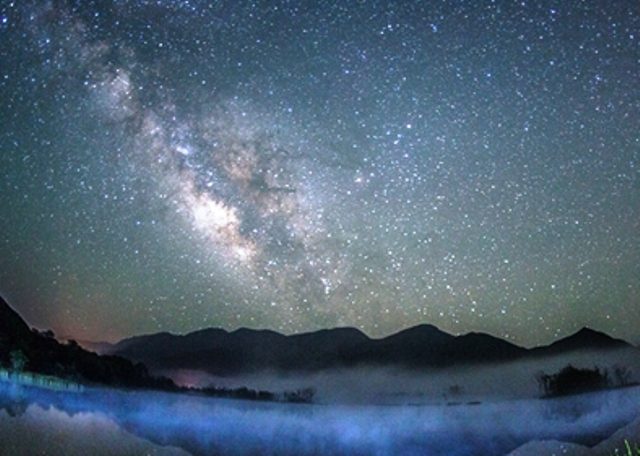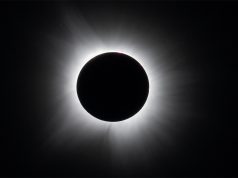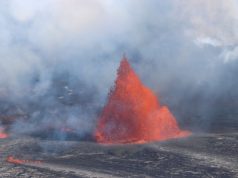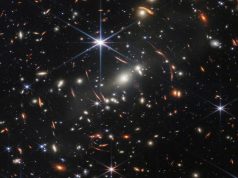SAN FRANCISCO, CALIFORNIA — A primitive galaxy some 50 million light years from Earth is being stripped of the gas needed to continue forming stars by its larger companion, providing a rare chance for researchers to observe galaxy demise.
The Little Cub galaxy, so called because it sits in the Ursa Major or Great Bear constellation, is about 200 to 300 thousand light years away from its larger neighbor, a spiral galaxy called NGC 3359, according to a study led by the University of California, Santa Cruz, and Durham University in Britain.
Presenting their findings this week at the Royal Astronomical Society’s National Astronomy Meeting, the researchers plan to observe this cosmic feast and understand more about how and when gas is lost from smaller galaxies.
“We may be witnessing the quenching of a near-pristine galaxy as it makes its first passage about a Milky Way-like galaxy,” said lead author Tiffany Hsyu, a graduate student in the Department of Astronomy and Astrophysics at UC Santa Cruz. “It is rare for such a tiny galaxy to still contain gas and be forming stars when it is in close proximity to a much larger galaxy so this is a great opportunity to see just how this process works.
In a news release from UC Santa Cruz, Hsyu was quoted as explaining that “essentially the larger galaxy is removing the fuel that the Little Cub needs to form stars, which will eventually shut down star formation and lead to the smaller galaxy’s demise.”
The researchers hope to gain an insight into the make-up of the very early universe by studying the hydrogen and helium atoms that are being illuminated by the small number of very bright stars within the Little Cub, which also has the less romantic name SDSS J1044+6306. Since this galaxy is so primitive, it may still preserve the hydrogen and helium atoms that were created minutes after the Big Bang.
In addition, they hope further observations will find more pristine galaxies where the chemical signature of the early universe might be found.










